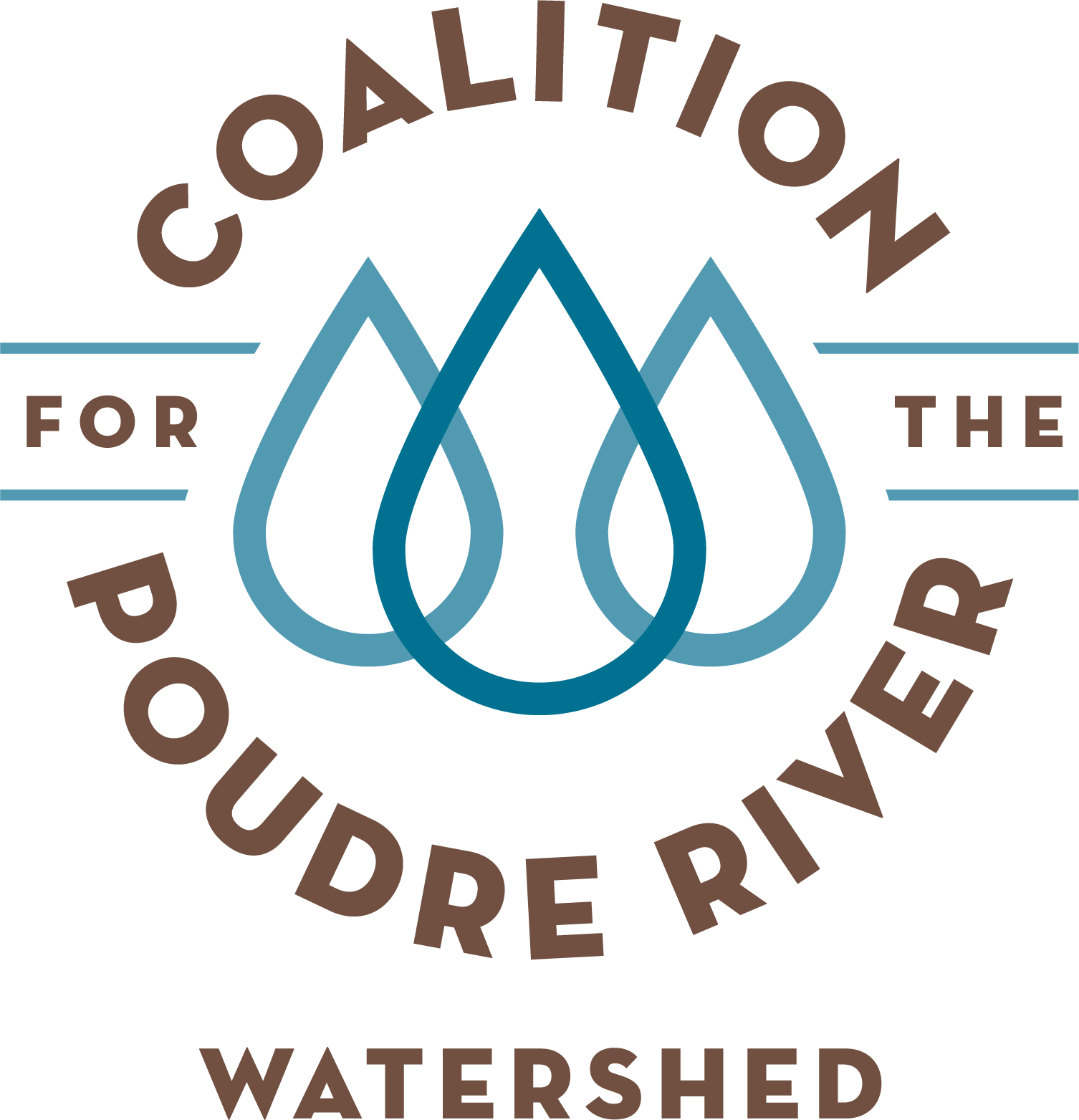10 Years Later: Colorado Flood of 2013
Looking south along College Ave. in Fort Collins. The water was inches from overtopping the road and flowing to the East. (City of Fort Collins)
10 years ago very heavy and sustained rains over Colorado’s Front Range caused widespread flooding and triggered disaster declarations across 14 counties including Larimer and Weld Counties. The large multi-day precipitation event delivered 8 to 17 inches of precipitation over seven days starting September 9th, with 9 inches of precipitation delivered on September 11th in some locations. The Poudre River swelled to more than 8,000 cfs in Fort Collins, 7,000 cfs in Timnath, and temporarily damaged the flow gauge in Greeley, rendering it unable to accurately measure flow during the peak streamflow.
The expensive and devastating aftermath of the flood ($4 billion in damage within 24 counties) revealed the necessity to minimize risk and increase resilience along river corridors across the Front Range. In the Lower Poudre River watershed, an important component of increasing resilience includes understanding the impacts of sediment transport. Sediment that is transported during high flow events can produce downstream flood effects by potentially impacting surrounding channel configuration, water quality, habitats, and critical infrastructure.
“The way that we define resilience is a watershed or a river that is able to bounce back and recover more quickly after a future disaster like a fire or flood,” said Hally Strevey, CPRW Executive Director, during a recent panel discussion at the annual Confluence Water Summit. “The idea with resilience in the lower watershed is opening up the river and restoring pieces of the natural state of the river so that when a future flood happens, it’s less impactful and we can recover more quickly.”
Looking east to College Ave. in Fort Collins at what is now the Poudre River Whitewater Park. The Park is an example of combining recreational amenities with flood protection. (City of Fort Collins)
Working from our Lower Poudre River Flood Recovery and Resilience Master Plan that was published in 2017, CPRW and partners have been collaborating on the design and implementation of several river restoration projects in priority areas identified in the plan. These projects provide opportunities to implement strategies that will improve the resilience of the river. These strategies aim to provide sustainable solutions to reduce flood risk, improve habitat, and generally enhance river corridor function. General resilient river solutions include improving floodplain connections, channel planform, instream habitat and riparian habitat. Other solutions include bridge retrofit or replacement, bridge improvement, diversion reconfiguration, culvert replacement, setting levees back, removing assets from the floodplain, relocating trails and creating overflow channels.
To learn more about the Lower Poudre Master Plan and our current restoration projects visit: https://www.poudrewatershed.org/rivers



